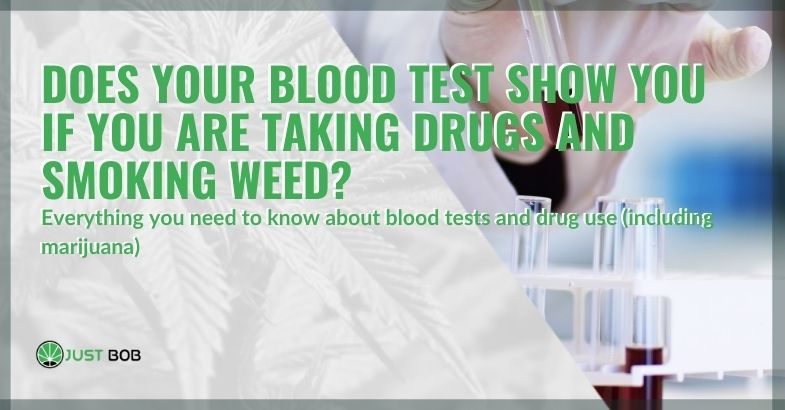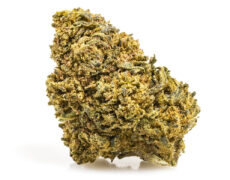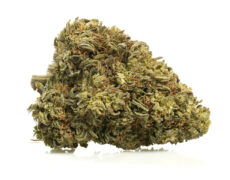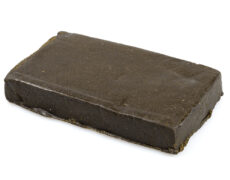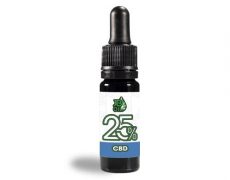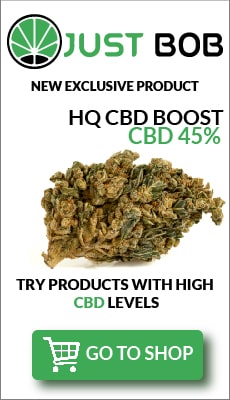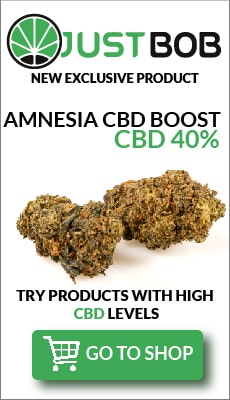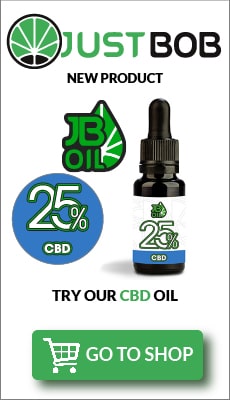Modified on: 15/01/2024
Everything you need to know about H4CBD drug test
Concerned about h4CBD drug test? This article of Justbob examines the likelihood of H4CBD resulting in a positive drug test, providing essential insights into testing procedures and how to deal with potential h4CBD drug test scenarios.
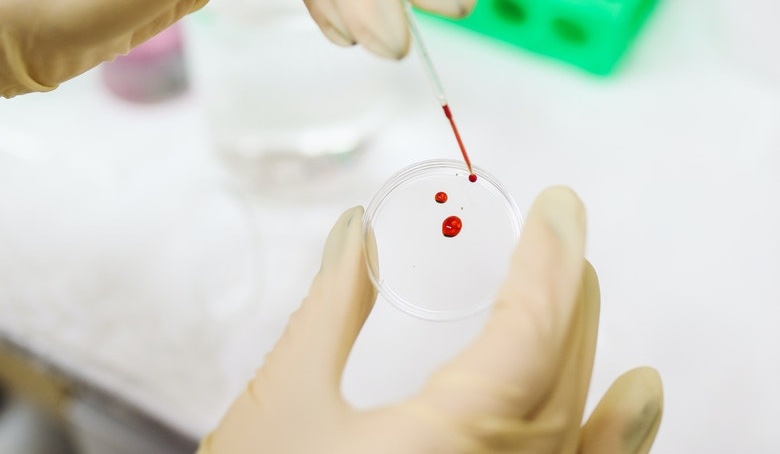

H4CBD and Drug Testing Dynamics
Grasping the interaction of cannabinoids with drug testing protocols is crucial in this context. This knowledge aids individuals in making informed decisions related to employment, legal matters, and personal well-being. Given that H4CBD is a synthetic cannabinoid with unique properties, its relationship with drug testing dynamics deserves special attention.
Reliability of H4CBD drug tests can be challenged by factors like the chemical structure of the compounds being tested and the robustness of the testing procedures. Furthermore, the consumption of H4CBD can potentially impact drug test results, leading to false positives due to cross-reactivity with other cannabinoids.
What is H4CBD?
H4CBD, scientifically referred to as hydrogenated CBD, results from the process of saturating the unsaturated bonds of CBD with hydrogen atoms. This process transforms the commonly known CBD into a synthetic cannabinoid with its own set of potential therapeutic properties and psychoactive effects. While it may resemble its natural cannabinoid cousin, H4CBD’s interaction with the body’s endocannabinoid system sets it apart.
The added hydrogen in H4CBD allows it to directly attach to the CB1 receptors in the brain, potentially causing unique psychoactive effects different from those of CBD buds. This interaction, coupled with H4CBD’s official classification as a synthetic cannabinoid, makes it a substance of interest for both users and regulators alike.
How Drug Tests Identify Drug Use
Drug tests come in various forms, based on the substance being tested or the analytical method used. Most drug tests often collect samples of:
-
urine
-
blood
-
hair
-
saliva
Employ techniques such as gas chromatography and mass spectrometry to analyze bodily fluids and detect the presence of specific substances.
These tests are generally designed to detect illegal substances like heroin, cocaine, or methamphetamines, which are often classified as class b drug substances. The precision of these tests results from the ability of the methods to quantify the mass of distinct chemicals and graphically represent them, thereby creating a unique pattern of the various compounds existing in the sample.
Can H4CBD Lead to a Positive Drug Test Result?
Despite H4CBD not generally being a target in standard drug tests, its consumption might still influence the test results. This is due to a phenomenon known as cross-reactivity, where H4CBD and other related compounds can potentially yield false positives.
This potential for false positives extends to the consumption of other cannabis products, such as marijuana or THC-containing products. Thus, even though H4CBD is not directly tested for, its presence could still have significant implications, especially if the user is unaware of the phenomenon of cross-reactivity.
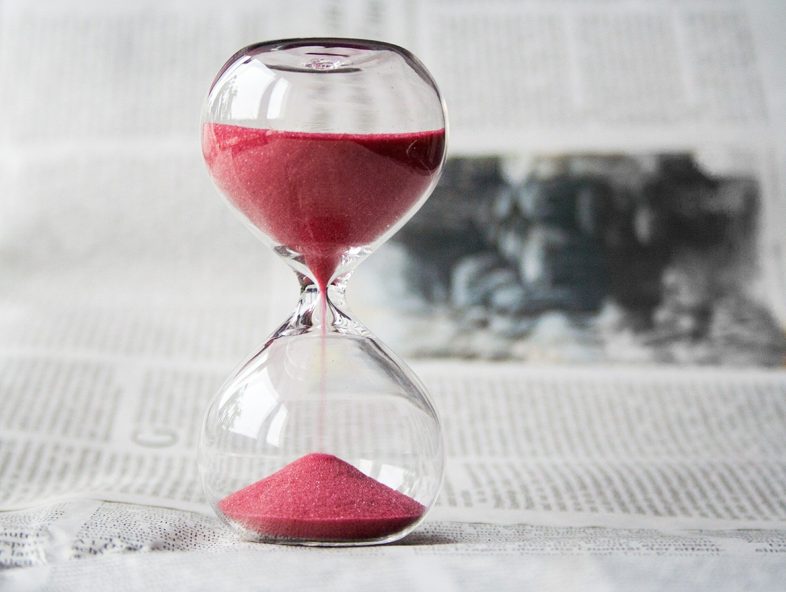

The Science Behind Drug Testing for Cannabinoids
Drug testing for cannabinoids primarily focuses on THC, the psychoactive compound in cannabis. These tests detect THC and other cannabinoids in the body by assessing the existence of cannabinoids or cannabinoid metabolites in samples of blood, hair, saliva, and urine, which interact with cannabinoid receptors.
The link between H4CBD and these tests is distinct. Since H4CBD is a type of cannabidiol derived from hemp, the H4CBD drug test is particularly designed to detect its presence in the body. This specificity, coupled with the potential for cross-reactivity mentioned earlier, makes the science behind drug testing for cannabinoids a crucial aspect for H4CBD users to understand.
Blood Tests vs. Urine Testing
Two common methods in drug testing are blood tests and urine tests. While both share the goal of detecting drug use, their execution and implications differ significantly.
Blood tests, while being more precise, are invasive, making them less common compared to urine tests, which are non-invasive and more commonly used for detecting drug use. This is especially true for H4CBD drug testing, where urine tests are the predominant method employed.
Understanding these distinctions can be beneficial for users of H4CBD, especially in contexts where drug testing is required.
False Negative Results and Their Implications
Even though the emphasis is often on false positives, false negatives in drug testing also pose a significant issue. These results, which indicate the absence of a drug when it is indeed present, can be influenced by factors such as limited assay specificity, laboratory error, and the inability of the test to detect the drug.
False negatives can have far-reaching consequences, including potential loss of employment, legal implications such as incarceration, and missed opportunities to identify drug misuse. As such, it’s essential for individuals, particularly those using substances like H4CBD, to understand the potential for false negatives and their implications.
Legal Considerations and H4CBD
The legal landscape surrounding H4CBD is complex and continually evolving. While H4CBD is not deemed lawful at the federal level in the United States, certain states have implemented legislations allowing its utilization for medicinal reasons.
The legality of H4CBD and its implications for drug testing is further complicated by the fact that unregulated CBD products may contain THC, a substance which is generally subject to stricter regulation due to its psychoactive effects. This could increase the likelihood of a positive THC drug test, potentially leading to legal consequences.
H4CBD’s Legal Status
The legal status of H4CBD varies significantly from one jurisdiction to another. It is important to research and understand the specific regulations in each area. While it is not deemed legal at the federal level in the United States, several states have enacted laws permitting its use.
Internationally, the legal standing of H4CBD also varies. For instance, while CBD products, including H4CBD, are legally permissible for sale in Canada when they adhere to the regulations outlined in the Cannabis Act, in Europe, the legality of H4CBD is generally contingent upon it containing less than 0.3% THC.
Such diversity in regulations underscores the importance of H4CBD users understanding the legal status of H4CBD in their particular region or country.
Navigating Drug Tests with Legal Substances
Navigating drug tests when using legal substances like H4CBD can be a complex process. Understanding testing methods, potential cross-reactivity, and the importance of communication with healthcare professionals is crucial to reveal drug test results accurately.
Foremost, users should be aware that urine tests are commonly employed as the predominant method for H4CBD drug testing. In addition, awareness of the cross-reactivity issues is essential as it can lead to false positives. Lastly, maintaining clear and transparent communication with healthcare professionals can guide individuals in addressing potential challenges and legal consequences of H4CBD use.
Preparing for a Drug Test When Using H4CBD
Preparation is key when facing a drug test, especially for individuals using H4CBD. Understanding the potential for false positives, and taking measures to avoid them, is crucial.
The only surefire way to ensure that H4CBD usage will not lead to a positive test result is to discontinue the use of CBD products if anticipating a drug test. This includes suspending the use of topical CBD lotions, CBD oil, and cosmetic products. It is recommended to refrain from using H4CBD for a minimum of 30 days prior to a drug test.
Moreover, awareness of the potential implications and consent from employers are essential considerations before undergoing a compulsory drug test.
Communicating with a Healthcare Professional
Open communication with a healthcare professional about H4CBD use is an essential part of navigating drug testing landscapes. A healthcare professional can provide guidance on potential challenges and legal consequences, ensuring users are well-informed and prepared.
In the event of obtaining a false positive drug test result due to H4CBD usage, it is advisable to seek guidance from a healthcare professional who can assist in facilitating additional testing to confirm the validity of the outcome. Additionally, initiating discussions with healthcare professionals about any doubts or concerns regarding H4CBD use can ensure that individuals are getting the most accurate and up-to-date information.
Understanding Cross-Reactivity
Cross-reactivity in drug tests is a phenomenon where disparate compounds, irrespective of their structural relatedness, can potentially yield false-positive results. This can lead to inaccurate positive outcomes in drug testing for a substance that is not the target drug, resulting in false positive results.
For drug tests targeting cannabinoids, cross-reactivity is a notable concern, as immunoassay kits demonstrate varying degrees of cross-reactivity ranging from 90% to 105%. To mitigate cross-reactivity in drug tests, laboratories take into account exposure to cross-reactive ingredients and determine the over-the-counter products that patients are using.
H4CBD Products and Testing Accuracy
Factors like the purity of H4CBD products and the presence of other substances that may cross-react with H4CBD impact the accuracy of drug tests for H4CBD. For instance, while it is improbable that pure CBD will affect drug testing, hemp products with minimal levels of Δ9-THC could lead to a positive urine test for cannabis.
Ensuring the purity of H4CBD products is thus critical. Reliable manufacturers conduct independent laboratory tests to verify the purity and quality of their products. These tests, often using methods such as GC-MS, NMR, and mass spectrometry, are frequently carried out by third-party laboratories to confirm the quality, purity, and potency of the products.
Varieties of H4CBD Products
H4CBD is available in a variety of forms in the market. From gummies and e-liquids to vape products, the range of H4CBD products caters to different user preferences.
However, the diverse forms of H4CBD products also mean varying levels of purity and potential for cross-reactivity in drug tests. As such, consumers need to be aware of the product they are using and the possible implications it can have for drug testing.
Ensuring Product Purity
Ensuring product purity is of utmost importance for H4CBD users as it helps prevent false positives in drug tests and potential legal or employment repercussions. Impurities in H4CBD products such as:
-
THC
-
Arsenic
-
Lead
-
Mercury
-
Cadmium
-
Organic solvents
Certain substances can cause individuals to test positive in drug tests, leading some to unintentionally fail a drug test.
Consumers should source H4CBD products from reliable suppliers that carry out third-party testing and confirm the presence of a Certificate of Analysis (COA) from a dependable laboratory to guarantee their authenticity and purity. Testing methods such as GC-MS, NMR, and mass spectrometry are commonly used to evaluate the purity of H4CBD products.
The Future of H4CBD and Drug Test Development
With ongoing research and technological advancements, the prospects for H4CBD and drug test development are promising. Emerging technologies in development for the detection of H4CBD include immunological tests that leverage cross-reactions and advancements in instant detection of synthetic cannabinoids through the use of low-cost, ultraportable devices.
The development of more precise drug tests is anticipated, addressing cross-reactivity issues and identifying specific contributors that result in false positives or negatives when H4CBD is used. This ongoing evolution in the realm of H4CBD and drug test development holds significant implications for users, healthcare professionals, and policymakers alike.
Advances in Testing Methods
There have been significant advancements in drug testing methods for cannabinoids in recent years, especially when it comes to cannabis plants. From the utilization of High-Performance Liquid Chromatography (HPLC) for accurate measurement of cannabinoids to the creation of a commercial cannabis breathalyzer by Hound Labs, these developments introduce a new set of testing solutions.
These advancements not only enhance the accuracy of drug tests for synthetic cannabinoids, but they also pave the way for the development of more user-friendly testing methods. For instance, a new machine learning-based test has been developed, which is both highly accurate and user-friendly. These technological advancements bring us a step closer to achieving accurate and reliable drug testing for synthetic cannabinoids like H4CBD.
Potential Implications for Users of Synthetic Cannabinoids
The advent of synthetic cannabinoids like H4CBD bears potential implications for users, encompassing health effects as well as legal changes. Documented health effects of using synthetic cannabinoids encompass a broad spectrum of physical and psychiatric symptoms, including cardiovascular, kidney, and mental health issues, among others.
In terms of legal changes, the legal status of synthetic cannabinoids differs across different countries and may be altered due to the implementation of new laws and regulations, directly impacting users. Individuals, especially those using substances like H4CBD, need to stay updated about these potential implications and adapt their behavior accordingly.
Conclusion
Navigating the world of H4CBD and drug testing can be complex, but with the right knowledge and understanding, individuals can make informed decisions. From the chemical structure of H4CBD to its interaction with drug tests, and from the importance of product purity to the potential for false positives, this exploration has covered a broad spectrum of topics.
As research continues and testing methods evolve, the future of H4CBD and drug test development holds promise. With potential advances in testing methods, increased understanding of H4CBD’s effects, and potential implications for synthetic cannabinoid users, the landscape of H4CBD and drug testing is set to become more nuanced and informed.
To make sure you don’t miss any updates, visit the Justbob website and discover all top-quality legal marijuana and legal hash products.
We look forward to seeing you in our CBD shop online!
Frequently Asked Questions
How long does CBD stay in urine?
THC from CBD can be detectable in urine for 5-7 days in moderate users, 10-15 days in frequent users, and 30+ days in chronic users.
What is the difference between H4CBD and HHC?
The main difference between H4CBD and HHC lies in their effects: H4CBD is similar to CBD, while HHC has THC-like effects but milder. Therefore, despite their relation to CBD and THC, the two compounds have distinct chemical structures and effects.
Does CBD lotion show in drug test?
No, CBD lotion does not show up on a drug test because it does not enter the bloodstream. It binds with endocannabinoid receptors in the skin, not affecting drug test results.
What shows up on an instant drug test?
An instant drug test usually screens for a range of drugs, including amphetamine, barbiturates, benzodiazepines, cocaine, marijuana, methadone, methamphetamine, opiates, oxycodone, PCP, and propoxyphene using urine or saliva samples. This information can help individuals understand what the test may detect.
How do drug tests identify drug use?
Drug tests identify drug use through methods like mass spectrometry and immunoassays, which detect specific substances in bodily fluids or tissues. This helps to determine whether an individual has used drugs recently or in the past.

